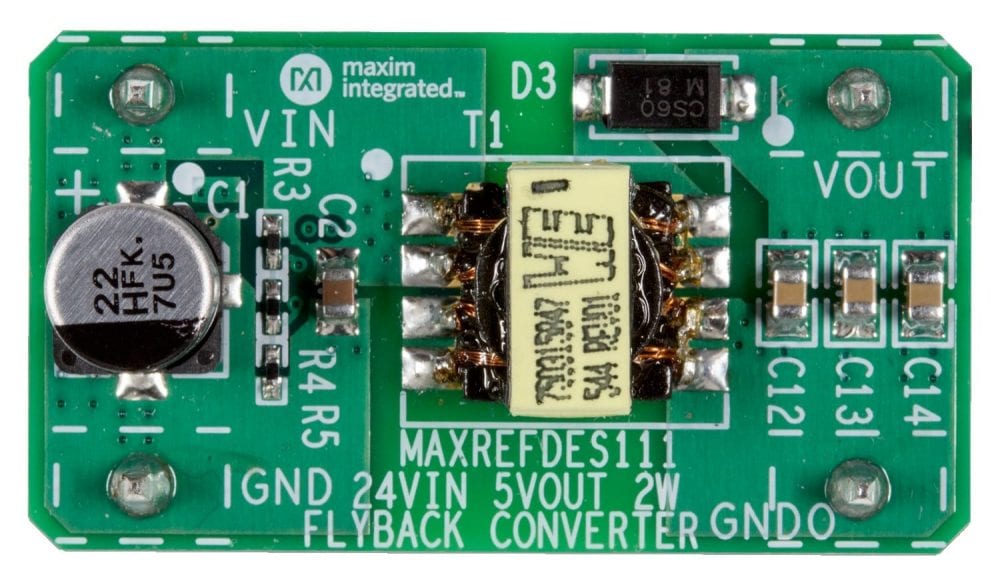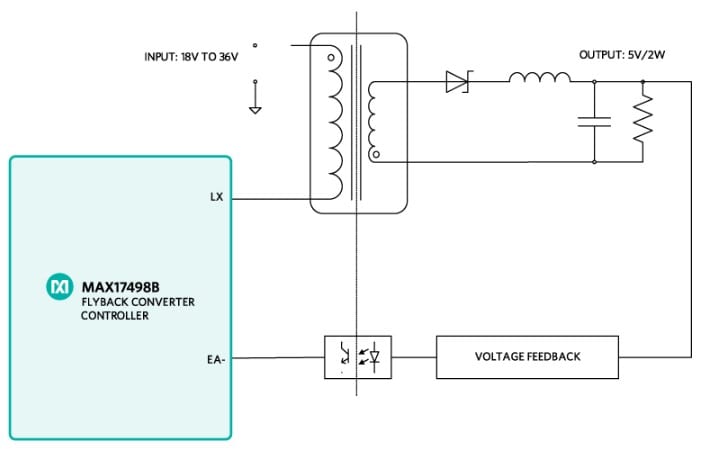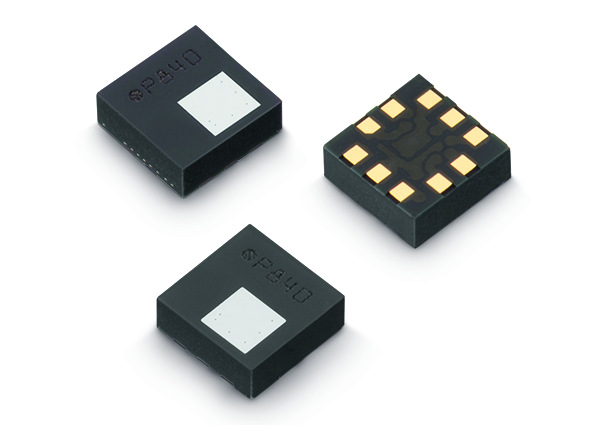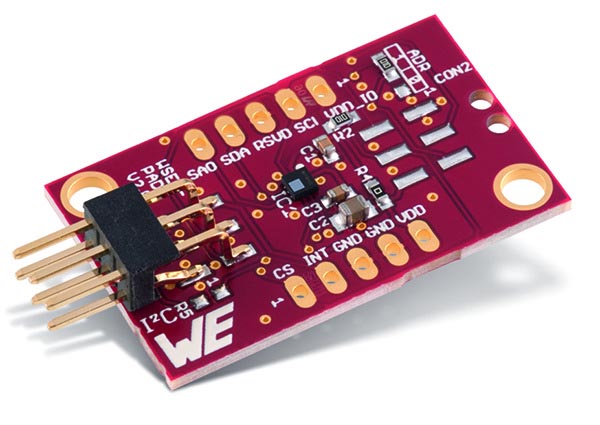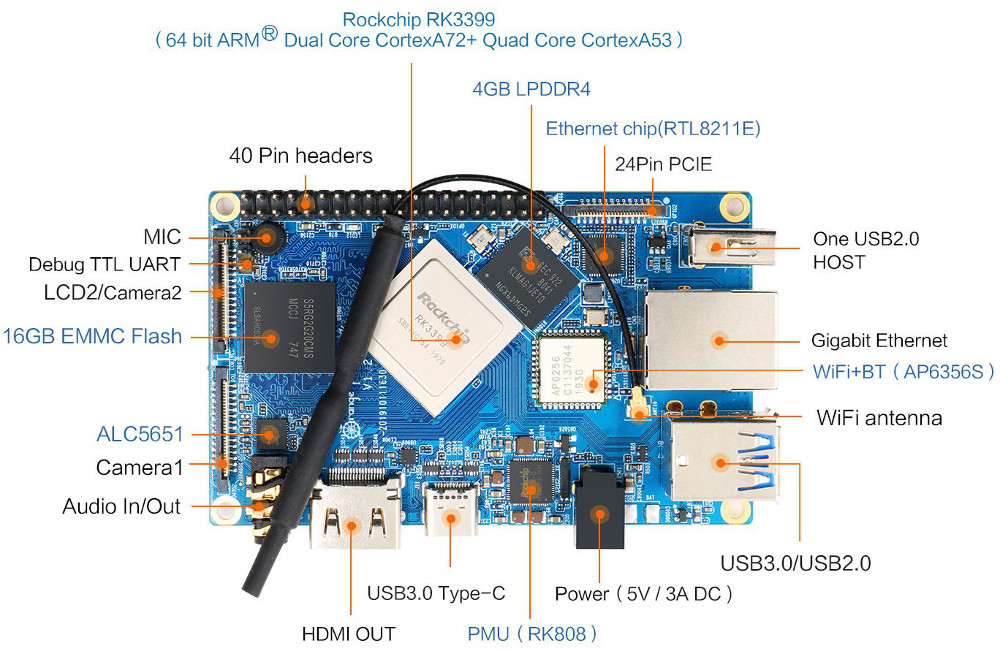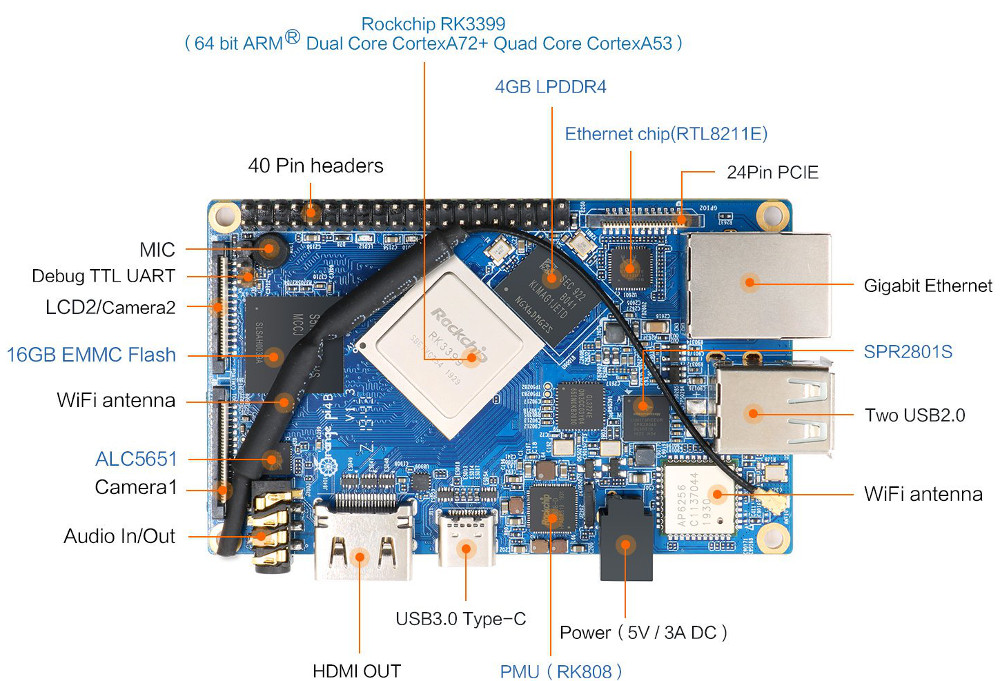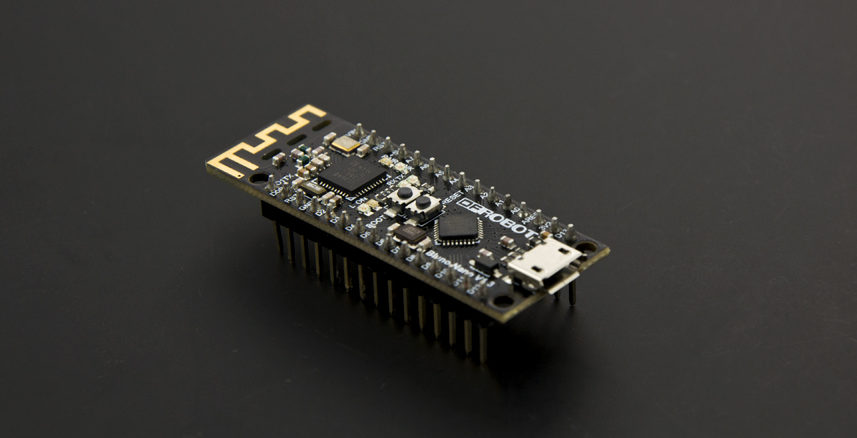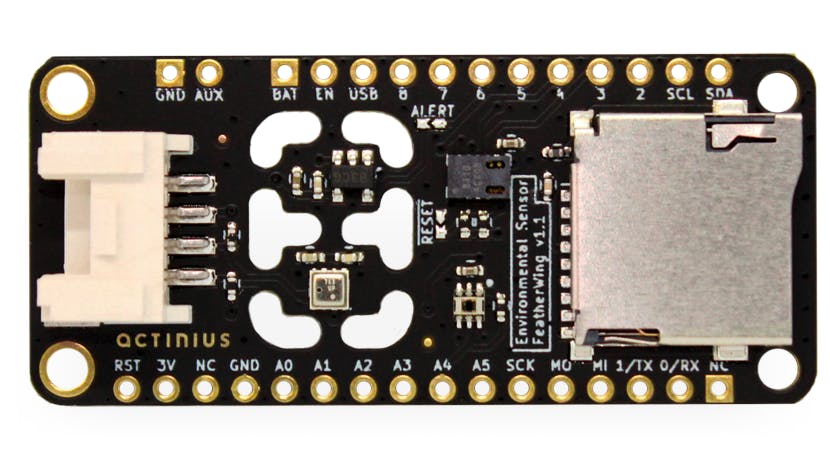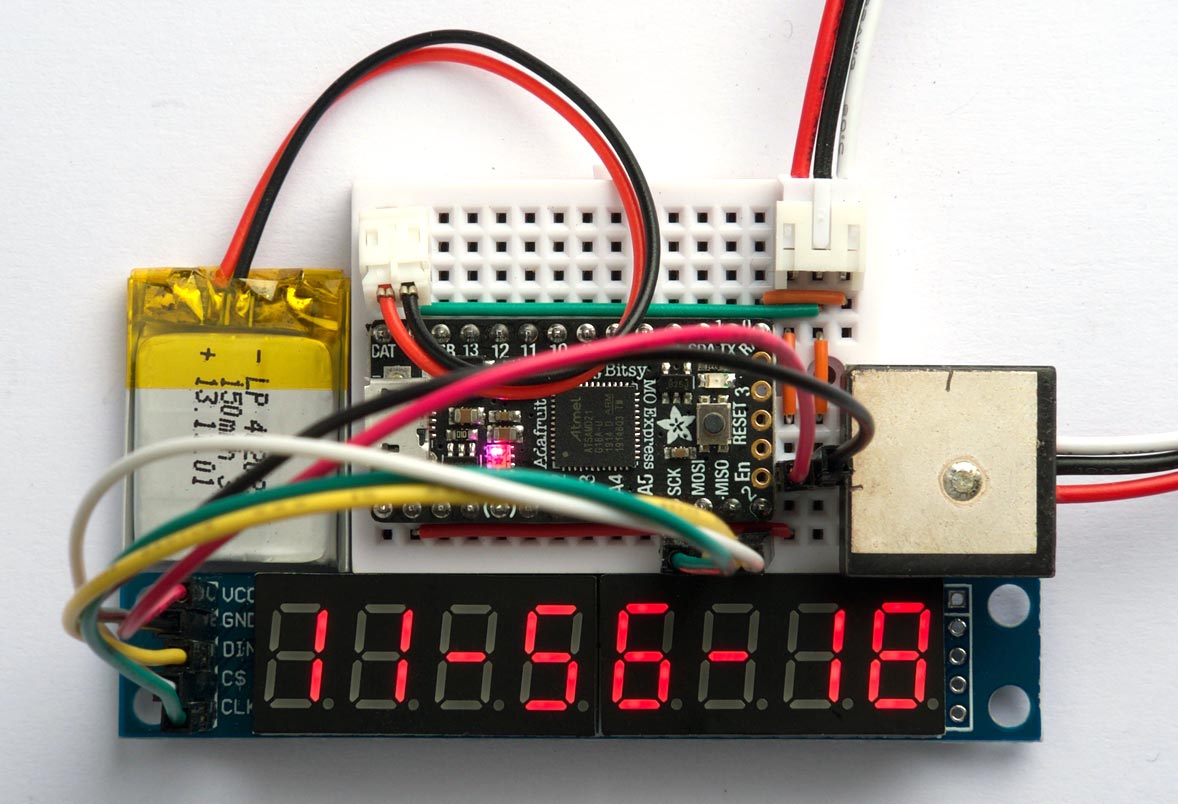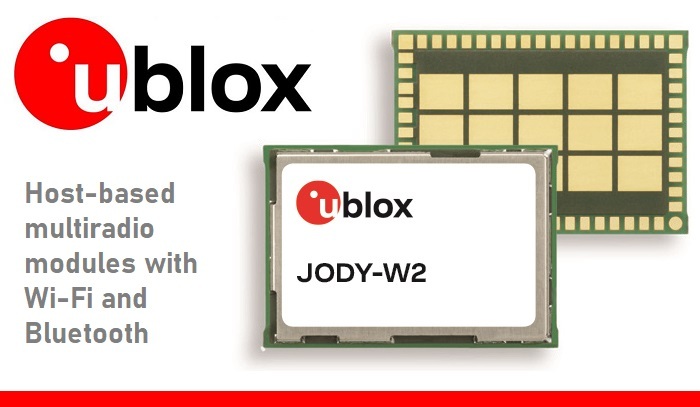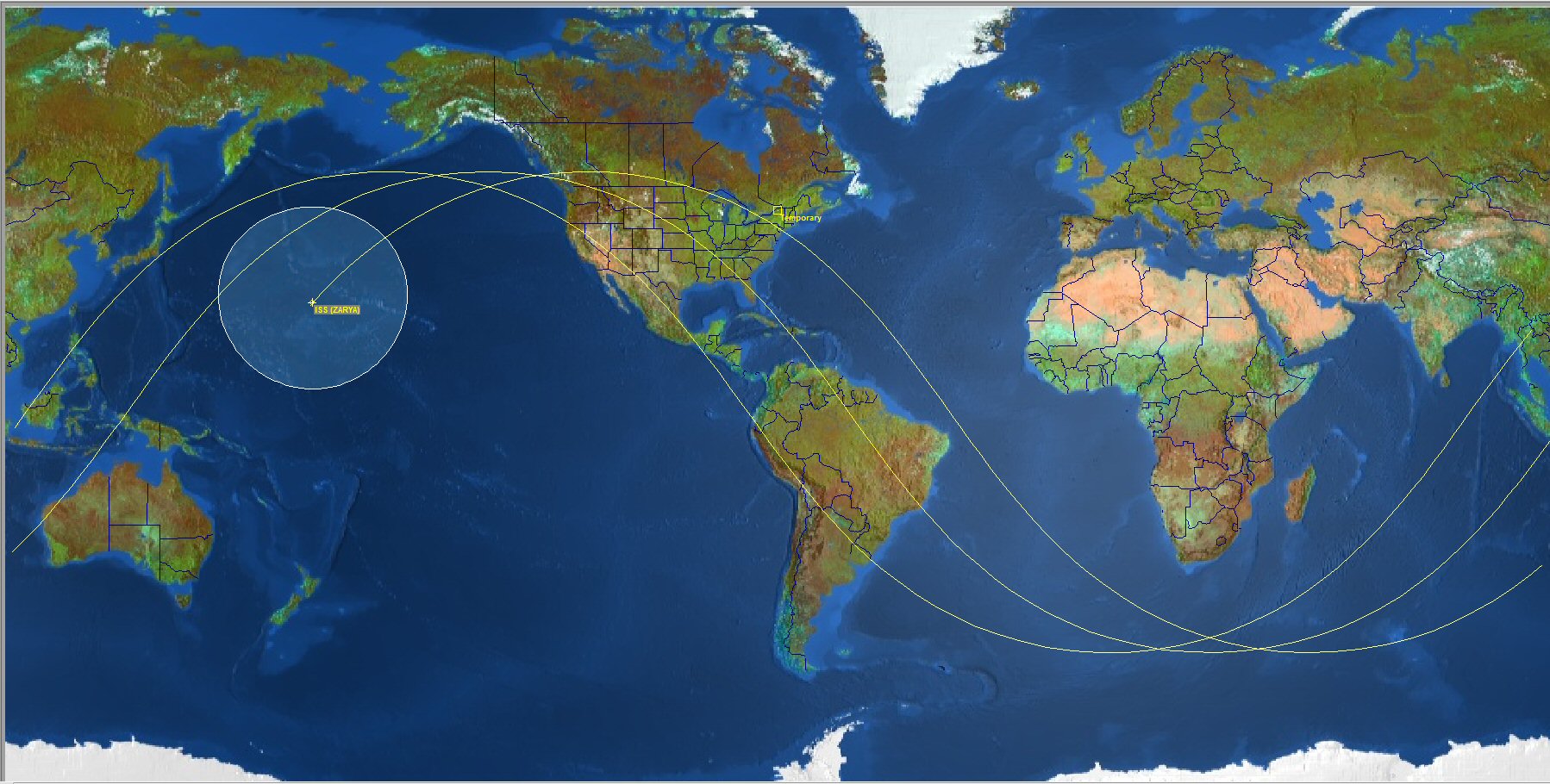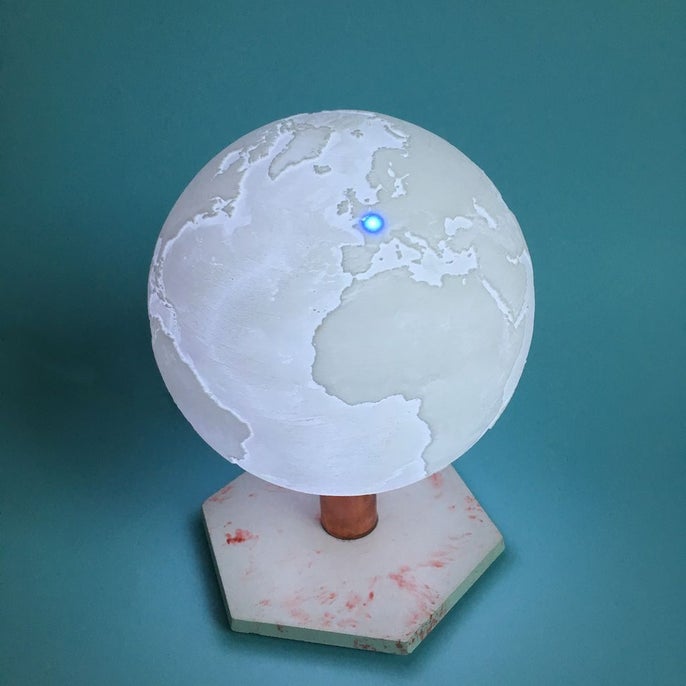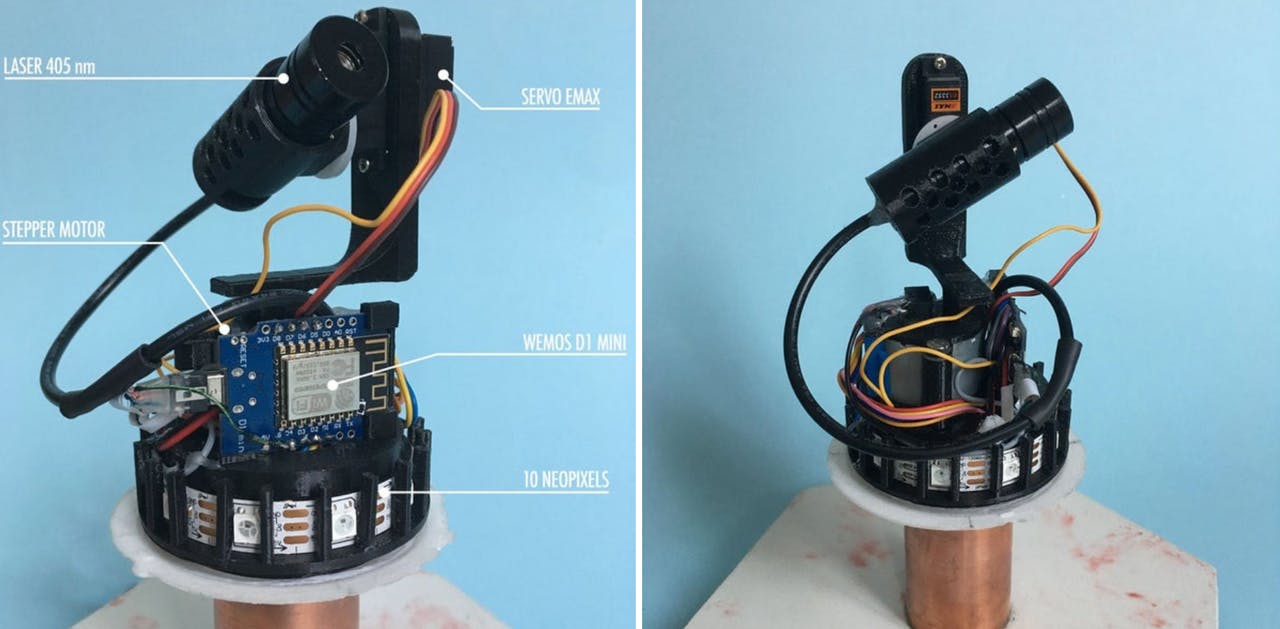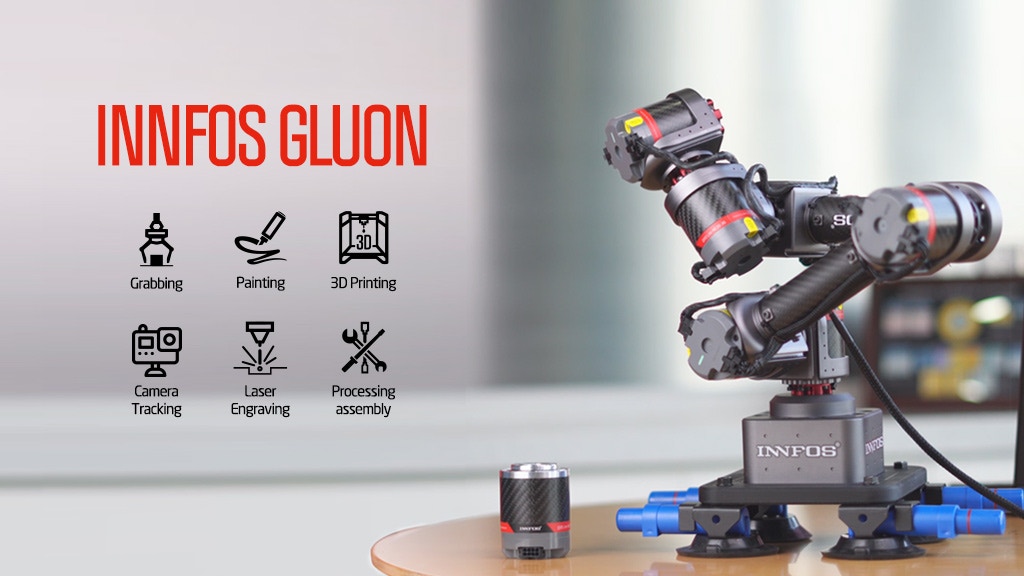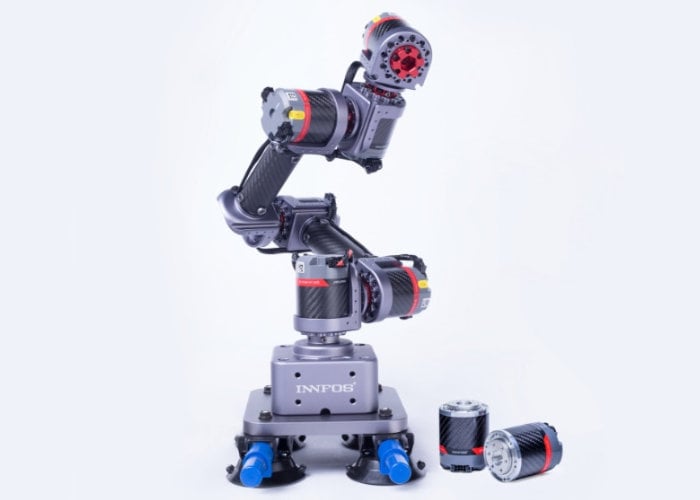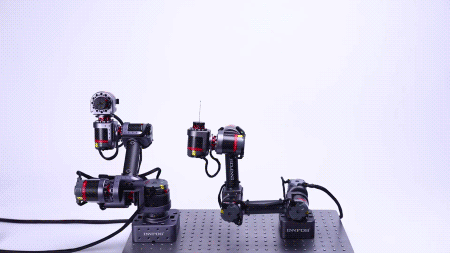The MAXREFDES111# reference design from Maxim Integrated is a compact 24V input flyback-converter module that features 5V at 400mA output. Transformer selection is often the most difficult step in isolated power design. Multiple transformers (Wurth Electronics 750315847, HanRun HR041087, and Sumida 06343-T588) have been qualified for this design, simplifying the process of transformer selection.
The reference design delivers a peak efficiency of 79% with the supplied components when the input is 24V. This general-purpose power solution can be used in many different types of power applications, such as programmable logic controllers (PLC), industrial process control, industrial sensors, telecom power supplies, isolated battery chargers, servers, and embedded computing.
Through-hole pins on the bottom side of the module allows quick and easy integration of this power converter into the main system. Pins are 15mm (0.6in) from power to ground, and 28mm (1.1in) from the input side to the output side.
The MAX17498B is a peak-current-mode controller for design of wide input-voltage flyback and boost regulators. The reference design operates over an 18V to 36V input voltage range, and provides up to 400mA (plus 20% overhead) at 5V output.
The device uses an internal n-channel MOSFET to implement switching and internal current sensing for current-mode control and overcurrent protection of the flyback converter. The device incorporates a flexible error amplifier and an accurate reference voltage to enable the end user to regulate both positive and negative outputs. The device has a fixed switching frequency of 500kHz.
The input undervoltage lockout (EN/UVLO) is provided for programming the input-supply start voltage (set to 18V in the design), and to ensure proper operation during brownout conditions. The EN/UVLO input is also used to turn on/off the IC. The overvoltage input (OVI) protection scheme is provided to make sure that the controller shuts down when the input supply exceeds its maximum allowed value (set to 36V in the design).
A capacitor is connected to the SS pin to program the soft-start period; hence, reducing the input inrush current during startup. Hiccup-mode overcurrent protection and thermal shutdown are provided to minimize dissipation in overcurrent and overtemperature fault conditions.


